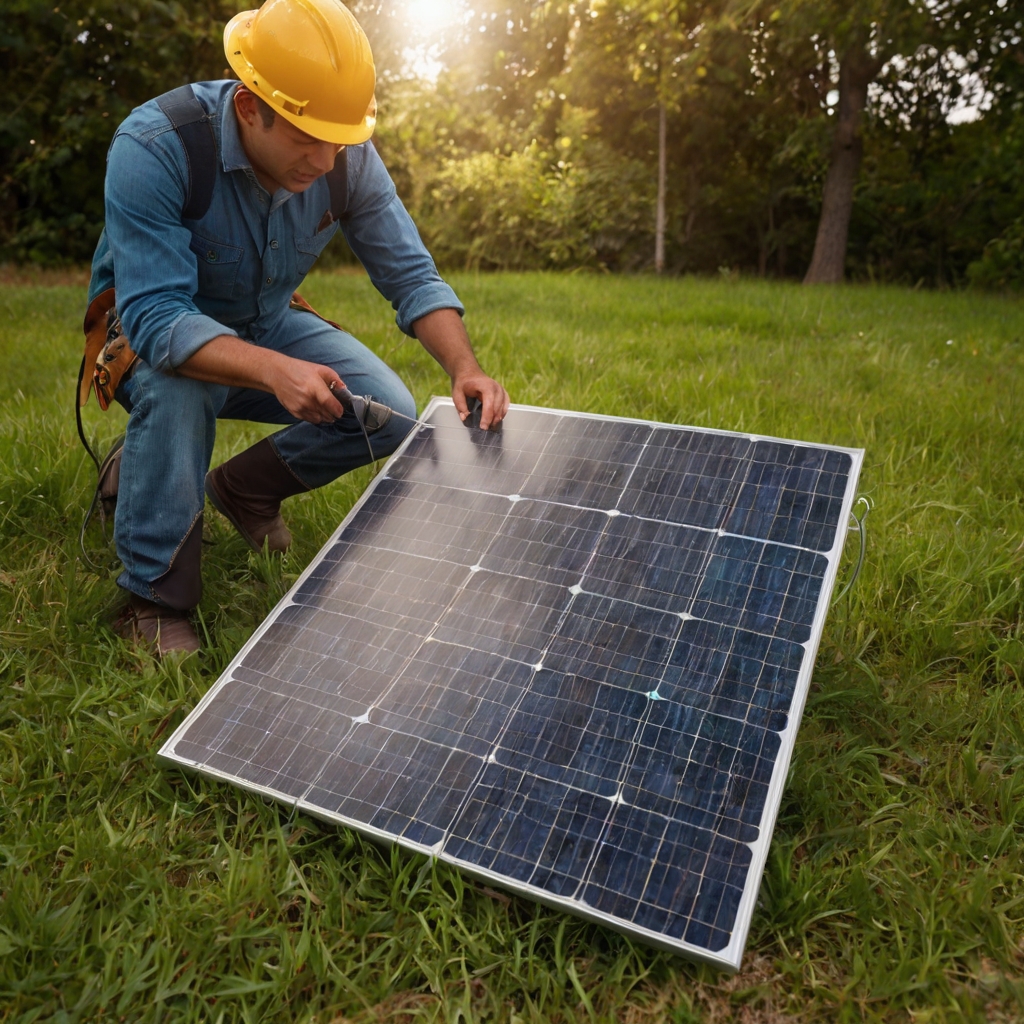As solar energy continues to gain momentum as a sustainable and cost-effective power solution, more homeowners, businesses, and organizations are making the switch to solar. But before solar panels are installed, one critical step must be taken to ensure the project’s success: the Solar Site Assessment.
As solar energy continues to gain momentum as a sustainable and cost-effective power solution, more homeowners, businesses, and organizations are making the switch to solar. But before solar panels are installed, one critical step must be taken to ensure the project’s success: the Solar Site Assessment. In this blog, we’ll explore what a solar site assessment is, why it’s essential, and what you can expect during the process.


A solar site assessment is a comprehensive evaluation of a property to determine its suitability for solar panel installation. The goal is to collect all necessary data to design an efficient, cost-effective solar energy system tailored to the specific location.
This assessment examines key factors such as:
By analyzing these variables, a solar professional can predict the potential energy output and recommend a system that maximizes efficiency and return on investment.
Skipping or rushing through a site assessment can lead to poor system performance, higher costs, or even project failure. Here’s why it matters:
A properly conducted assessment identifies the optimal placement and angle for your panels, ensuring they capture the maximum amount of sunlight year-round.
Trees, nearby structures, or even chimney shadows can significantly impact solar performance. Early identification allows for solutions such as trimming trees, relocating panels, or using microinverters.
If your roof is old, damaged, or not structurally sound, it may need repairs before installation. Assessments help avoid costly surprises after the panels are already installed.
Accurate energy output estimates allow for a clear financial picture, including potential savings, payback period, and eligibility for tax credits or incentives.
A technician visits your property or uses drones and satellite imagery to gather data on roof layout, shading, and orientation.
Tools like the Solar Pathfinder or software such as Aurora Solar are used to measure sun exposure and identify shading issues.
The condition and load-bearing capacity of your roof are assessed to ensure it can support the weight of solar panels.
Your current electrical system is reviewed to determine if any upgrades are needed to accommodate solar integration.
Installers will also review your energy usage history and future goals (e.g., electric vehicle charging, battery storage) to tailor the system to your needs.
Following the assessment, you'll receive a detailed proposal that typically includes:
This proposal helps you make an informed decision about moving forward with your solar installation.